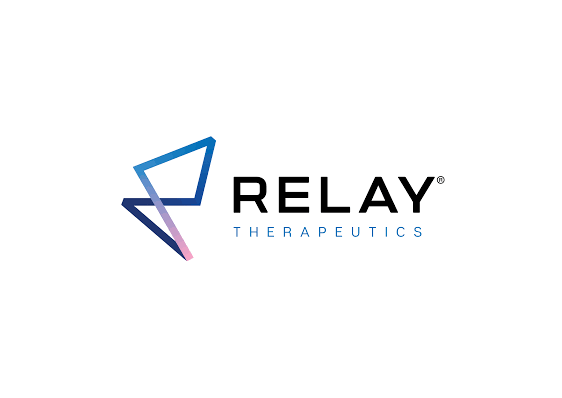What we think about Relay Therapeutics (RLAY)
Relay Therapeutics in Three Words: Executing, Overlooked, Disruptive
Relay is somewhat akin to a fancy computer that allows it to take advantage of a proprietary data-set which in turn helps its scientists model how a protein moves. This ability consequently allows the company to predict — with higher levels of probability — which molecules ought to be developed.
When the predictions are more accurate, we see an increase in specificity with which the molecule interacts with the target molecule in the cancer pathway, while leaving similar molecules alone. When the molecule in development has high specificity, that translates to lower toxicity for patient, since other molecules are not disturbed as much.
Currently Relay has a pre-commercial molecule — RLY 4008— that targets the FGR2 site.
Specificity is key. This image shows the bread-and-butter of Relay’s Dynamo platform doing what it does best: getting the exact fit right, so that only the target molecule is affected, leaving the ones that are similar alone. This specificity reduces toxic adverse affects and allows for higher dosage and longer durations of treatment.
At the moment, the Objective Rate of Response, ORR, is 88% vs. the market-leading 42%, so a massive improvement. More data will be collected in the second half of ’23, but this molecule is highly likely to gain approval and provide revenues between 1 billion and 2 billion.
The second major shot on goal, with a much bigger TAM, is the PI3Ka family of molecules, toward which Relay is working on two related compounds — RLY-2608 and RLY-5836.
These molecules are in earlier stages of clinical development but Relay’s true potential multi-bagger lies one of them becoming a success.



